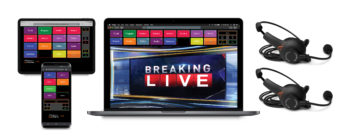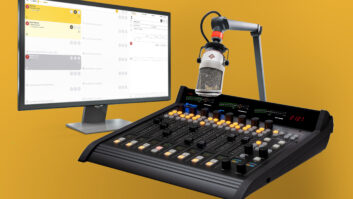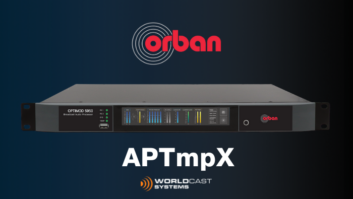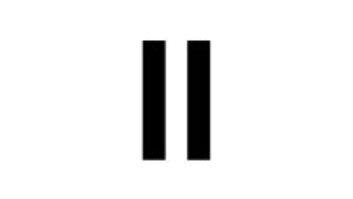
Marty Sacks says that in the future, technologies widely used across the IT industry like WebRTC might be much lighter than a separate box with a codec. “It might be as close as their mobile phone or tablet.”
Sacks is executive VP sales, support & marketing at Telos Alliance. This interview is excerpted from the ebook “Remote Contribution.”
RW: Marty what would you say is the most important recent or pending trend in remote audio contribution technology?
Marty Sacks: At Telos Alliance, we’re focused on developing technologies that have been widely adopted by the IT industry. WebRTC serves as a good example.
It is available in web browsers and makes content development much easier due to its universal availability. With built-in, widely available tools, WebRTC gives programmers more choices in content creation. It’s the practical choice for operators looking for a richer programming experience.
RW: How has the pandemic changed the way your clients view the role and management of remote audio contribution?
Sacks: The competition for listeners remains fierce. That’s why broadcasters everywhere are demanding more choices to help make their jobs easier. Since the creation of Zephyr through today, our customers count on Telos Alliance to deliver tools that are flexible and easy to use.
RW: What product or feature, recently introduced by your company, typifies the changing way in which broadcasters are managing remote audio?
 Sacks: WebRTC would be at the top of the list. We have brought this out in our Telos Infinity Virtual Intercom Platform (VIP) to allow a new intercom user to be quickly added to an existing system via a simple invite system. No special hardware or software at the new location is needed! We will introduce this across other platforms in the very near future.
Sacks: WebRTC would be at the top of the list. We have brought this out in our Telos Infinity Virtual Intercom Platform (VIP) to allow a new intercom user to be quickly added to an existing system via a simple invite system. No special hardware or software at the new location is needed! We will introduce this across other platforms in the very near future.
RW: What do you think is the most important development in remote audio capabilities that radio companies need to be aware of?
Sacks: The integration and convergence of technologies most frequently used in the IT space into the radio broadcasting industry serves as one of the most notable trends in remote audio capability. WebRTC is one such technology, and there’s even more that serve as fine examples.
As an industry, we want to be open to what we can adapt from other industries to make our jobs as content creators easier, leading to richer engagement with listeners.
RW: What do users need to know these days about cross-product compatibility and standards compliance?
Sacks: There are no guarantees that products from different manufacturers will be compatible even if they both say AES67, for example. We suggest that our industry look to vendors who embrace standards and have a record of promoting interoperability.












